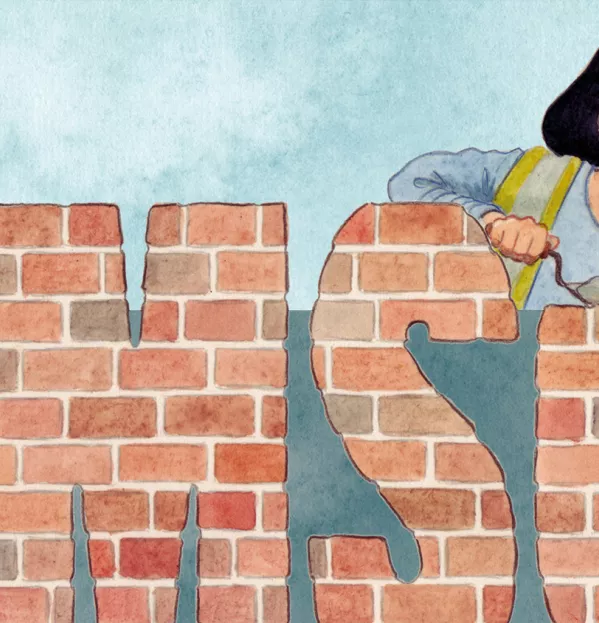How does computing support a child’s spiritual development? How does PE contribute to a child’s moral development? These are not questions I’d ever asked myself before becoming a senior leader, but they suddenly seem important to ponder and to pose to the subject leaders I work with.
Spiritual, moral, social and cultural (SMSC) development is important in terms of Ofsted, yes: a school will be judged to have serious weaknesses if there are “weaknesses in the provision for pupils’ spiritual, moral, social and cultural development”. When you read through the criteria, though, it seems to be just what any reasonable person would want good schools to be about.
But supporting children’s SMSC development is quite hard to pin down. It should happen as much through the culture of a school as through the curriculum, although the latter is not something to be glossed over.
The links between certain elements of SMSC and some curriculum subjects feel quite natural so it can be easy to assume that conscious thought is not needed for pupils to benefit.
One of the spiritual development indicators, for example, is that children make “use of imagination and creativity in their learning” and I can think of plenty of examples and ways in which children can and do get the opportunity to do this in computing, from programming units to ones creating digital art. Equally, you might suggest it would be hard to teach RE well without developing children’s “ability to be reflective about their own beliefs” that “inform their respect for different people’s faiths”.
Great stuff already goes on
Still, getting all subject leaders to look at how their subject contributes to SMSC is a worthwhile way to spend a bit of time. Everyone needs to be clear about what they already do and to consider how they can develop their practice to further support SMSC.
It’s important to administer a good dose of sensibility here, though. It’s easy to get carried away when it comes to identifying different criteria. The urge to metaphorically (or even literally) tick every item on a list can take over until the links becomes tenuous at best.
For this reason, senior leaders need to monitor the process carefully, to make sure that embedding SMSC does not become an empty exercise.
A tick list is never going to be more powerful than talking to children in school and seeing their SMSC development in action, but I’ve found it useful in the sense that it can remind us of the good stuff - and the great stuff - that already goes on. After all, it can be easy to overlook or forget about such things when we all get so busy.
Claire Lotriet is assistant headteacher at Henwick Primary School in London. She tweets at @OhLottie and blogs at clairelotriet.com
